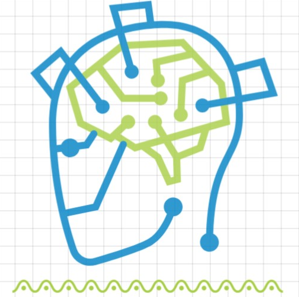"Lorem Ipsum has been the industry's standard dummy text ever since the 1500s." — James Chapman
here's an overview of how the role of System Administrators (SysAdmins) has evolved over the years from the year 2000 to 2021, highlighting key trends and changes in each period:Year 2000 - The Onset of Digitalization: In the year 2000, the role of SysAdmins was primarily centered around managing physical servers, networks, and systems. The dot-com boom was driving increased adoption of technology in businesses. SysAdmins were responsible for deploying and maintaining hardware and software components to ensure system availability and performance.
Key Aspects:
- Emphasis on physical hardware provisioning and maintenance.
- Windows NT and Windows 2000 were popular server operating systems.
- Manual configuration of systems and networks.
- Traditional networking setups with LANs and WANs.
- Reactive troubleshooting and problem-solving.
Year 2005 - Virtualization Emerges: By 2005, virtualization technologies started to gain traction, revolutionizing how SysAdmins managed infrastructure. Virtualization allowed multiple virtual machines to run on a single physical server, improving resource utilization and flexibility. SysAdmins began exploring ways to optimize resource allocation and streamline management.
Key Aspects:
- Introduction of VMware ESX and Microsoft Hyper-V.
- Focus on virtual machine provisioning and management.
- Growing awareness of server consolidation and resource optimization.
- Continued manual provisioning and configuration.
Year 2010 - The Cloud and Automation Era: Around 2010, cloud computing began to reshape IT landscapes. Cloud services like Amazon Web Services (AWS) and Microsoft Azure emerged, offering scalable and cost-effective solutions. SysAdmins recognized the potential of automation and scripting to manage larger, more dynamic environments efficiently.
Key Aspects:
- Early adoption of cloud services and Infrastructure as a Service (IaaS).
- Introduction of tools like Puppet, Chef, and Ansible for automation.
- Evolution of DevOps practices, emphasizing collaboration between SysAdmins and developers.
- Increasing focus on scripting for configuration management.
Year 2015 - DevOps and Containerization: By 2015, the DevOps movement gained momentum, emphasizing collaboration and continuous integration/continuous deployment (CI/CD). Containerization technologies like Docker and Kubernetes emerged, providing a new level of portability and consistency for deploying applications.
Key Aspects:
- Widespread adoption of DevOps practices, blurring traditional boundaries.
- Containers gain prominence with Docker becoming popular.
- Shift towards Infrastructure as Code (IaC) for provisioning and management.
- Emphasis on microservices architecture and scalable application deployment.
Year 2020 - Cloud-Native and Security Focus: In 2021, the role of SysAdmins continues to evolve in response to cloud-native architectures, security concerns, and remote work challenges. Cloud-native practices emphasize building and running applications that fully leverage cloud capabilities.
Key Aspects:
- Cloud-native applications using microservices and serverless technologies.
- Increased focus on cybersecurity with a surge in cyber threats.
- Integration of security practices into the development lifecycle (DevSecOps).
- Emphasis on Zero Trust security model and secure remote access.
- Further automation and orchestration using tools like Terraform and Jenkins.
Throughout this evolution, SysAdmins have transitioned from managing physical hardware to orchestrating complex cloud-native architectures, collaborating closely with development teams, and emphasizing security. The modern SysAdmin is a versatile professional who blends technical expertise with automation skills, security awareness, and a proactive approach to address the challenges and opportunities presented by the ever-changing IT landscape.
